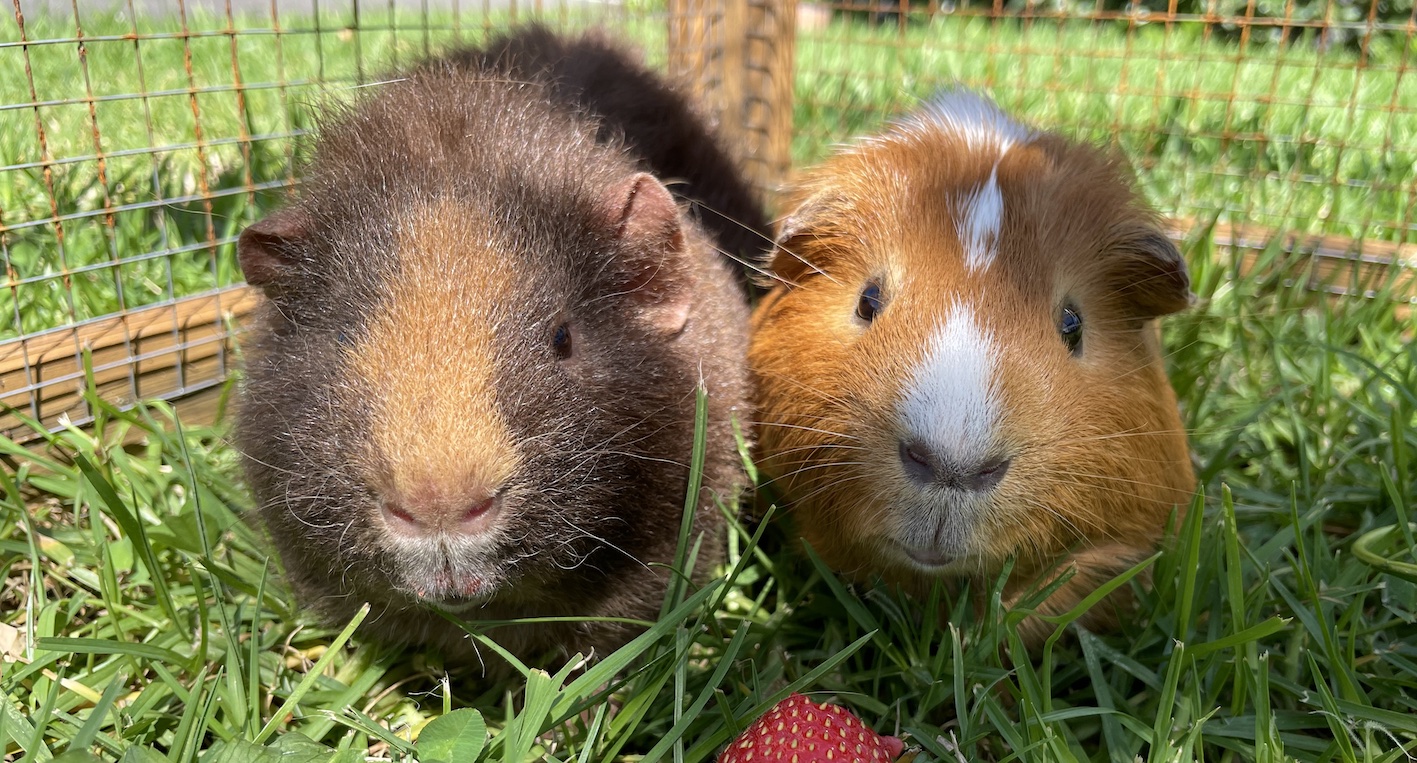Our guinea pigs are precious little ones, each with their own personalities and preferences for housing.
We like our guinea pigs to have a lot of space but not so much that they’re frightened to enter the great expanse! Getting housing right for guinea pigs is about balancing comfort with foraging, running, exploring, chewing, socialising and huddling.
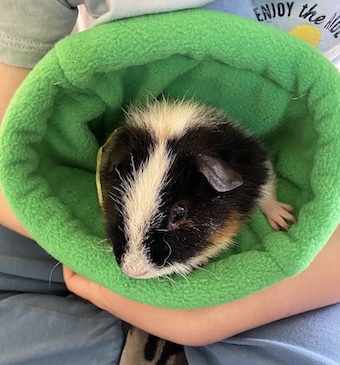
Guinea pigs should always have a friend, usually a few, with whom they are compatible. At Liberty Foundation, we rehome a lot of male guinea pigs and most of them can successfully be bonded with a male friend or two.
We do not routinely desex our guinea pigs, due to risks with anaesthetic and the fact that we don’t encounter frequent issues with hormonal behaviour. We rehome our guinea pigs in same-sex groups, into homes where they will not be used for breeding.
We usually rehome our guinea pigs in pairs or trios, but are always on the look out for properties where we can rehome large groups of 3-10. Organic, enclosed orchards or gardens can be a great home for guinea pigs, as long as they have plenty of hidey spaces and secure shelters where they are protected from the weather.
Housing priorities
The main factors to consider with guinea pig housing:
1. Do they have enough space?
You can find more information on this below. While guinea pigs are communal animals they do like to have adequate ‘personal space’.
2. Is it secure from predators?
Enclosures should be protected from dogs, cats, foxes, snakes, birds etc.
3. Is it escape-proof?
If the ground is uneven it can create a gap between the hutch/run for example.
4. Are they protected from the weather?
You need to consider heat, cold and waterproofing if they are outdoors.
5. Can I keep their living space clean and dry?
Guinea pigs will not use a litter tray so you will need to consider how easy it will be to keep their housing clean and most importantly, dry.
The question of space
Generally, male guinea pigs need more space than female guinea pigs. Males can co-exist harmoniously but if they are residing in housing that is too small this can trigger territorial behaviour.
Generally, we recommend a minimum floorspace of 1.2 metres long x 50 centimetres wide for two male guinea pigs or three females, and another 700 centimetres square for each additional guinea pig. These dimension are for the floorspace of the run area. In addition, there should be a hutch section for them to nest and shelter.
Styles of enclosure
We rehome our guinea pigs in outdoor or indoor enclosures, as long as they are protected from direct sun, rain and flooding.
It is important that guinea pigs are kept dry at all times and sitting on either grass/dry ground or hard surfaces, not wire as this can damage their feet.
We do not rehome guinea pigs in hutches without runs attached, as they are not able to run, forage and play.
There are a wide range of outdoor enclosures available and we recommend those retailed by Somerzby, which you can purchase via mail order.
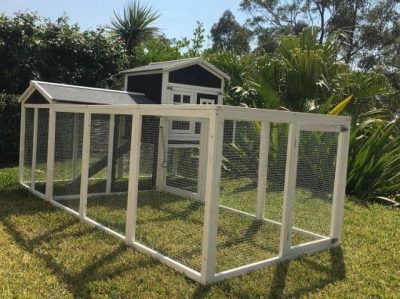
You can also buy enclosures on wheels that can be useful for a few reasons: to move to different areas to avoid the grass dying underneath or moved undercover (under a carport or verandah) in the case of cold and rain.
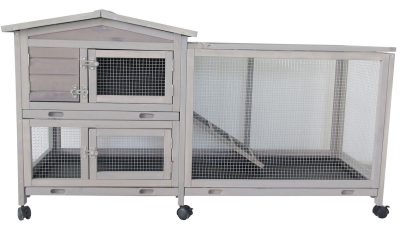
If guinea pigs are being housed outdoors, it is important to have an indoor option for them when it becomes too hot, cold or wet for them to be outdoors.
It is also acceptable to keep them in indoor housing permanently if you prefer this option. It does allow more opportunity for the guinea pigs to become familiar with you and spend time interacting with you. The more time your guinea pig spends with you, the more tame and handleable they will become.
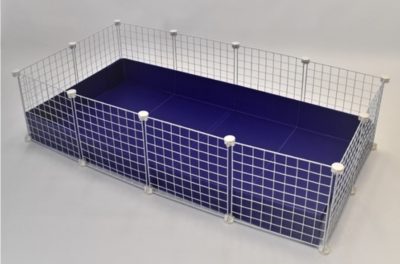
For indoor enclosures, we prefer the C+C style of indoor enclosure or Vida XL plastic panel systems, both of which can be constructed on one level or multiple levels stacked on top of each other.
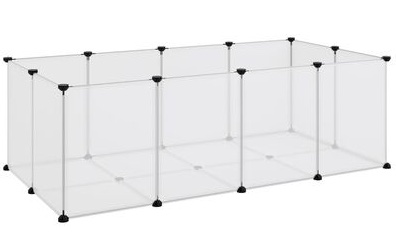
C+C sizing is as follows:
2 grids x 4 grids – 70cmW x 140cmL – suitable for 2-3 guinea pigs
2 grids x 5 grids – 70cmW x 175cmL – suitable for 3-4 guinea pigs
2 grids x 6 grids – 70cmW x 220cmL – suitable for 4-6 guinea pigs
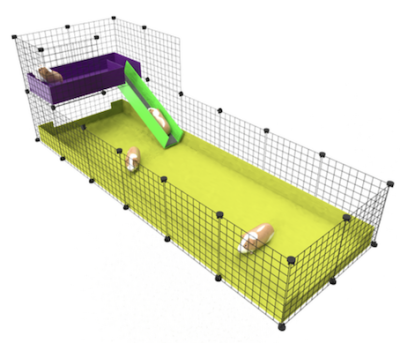
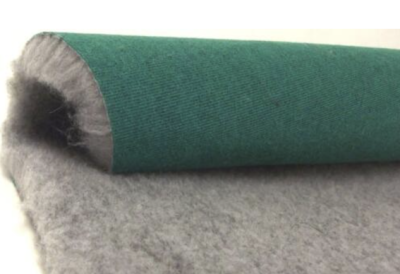
We recommend indoor enclosures are lined with polar fleece blankets with Vet Bed on top, as the moisture wicks to the bottom of the Vet Bed, keeping the surface dry. These liners are durable, machine washable and can be line or tumble dried. Just brush off any debris and machine wash with some unscented washing powder/liquid and laundry sanitiser, to keep them fresh and clean. You can also use hemp fibre or wood shavings inside of fabric bedding.
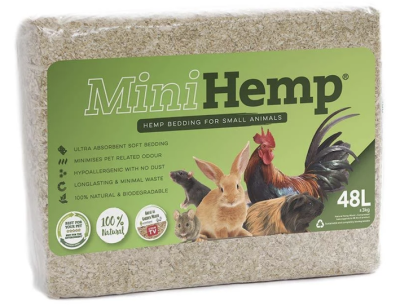
For outdoor hutches, we recommend they are lined with hemp fibre or wood shavings, which absorbs moisture, and some soft hay. We do not recommend using straw for guinea pigs as it isn’t very comfortable or absorbent and can cause serious eye injuries.
All these enclosure styles can be cleaned out once a week, requiring only spot cleaning during the week.
Behaviour to watch out for
Any kind of territorial behaviour should be monitored and when dangerous should be stopped by considering potential triggers, such as enclosure size or set up.
Most importantly, never house female guinea pigs within proximity to male guinea pigs as this could cause aggression in the males.
Territorial behaviour is most often exhibited by males, and can take the form of rumblestrutting, a display where the guinea pig may move from side to side and make a sound like a pigeon, a sound between a growl and a purr.
Rumblestrutting is not necessarily a problem and can be quite normal, especially when guinea pigs are going through adolescence – around three to twelve months of age. However, it can escalate to chasing, humping and biting on the rear or face.
If you see any of these behaviours, the solution is usually as simple as providing more space so the guinea pigs can run away from each other and dissipate any tension.
It is also important to provide food and water in various locations if using bowls or scratter it around the enclosure to enable the opportunity to forage.
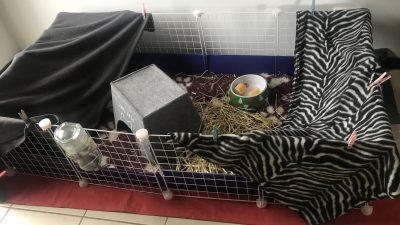
It can also be helpful to provide hides that have multiple entries/exits to remove the option for guinea pigs to assert dominance over entry points.
For example, when using indoor open style enclosures it is effective to drape blankets in the corners to provide more open hiding areas as opposed to igloo style hides.
It’s important, especially in the early days when putting your guinea pigs in new housing and getting to know them, that you check their rumps each day for any evidence of biting. You will be able to feel the scabs on their skin, underneath their fur.
If you think your guinea pigs are biting it’s advisable to separate them until you can re-configure your housing and try re-introducing them. When individuals display ongoing aggression and inability to bond with a partner, it may be worth considering desexing. In the case of males, they could then be re-introduced to another desexed male or females.
Final thoughts
There are some fantastic channels on YouTube explaining best practice in keeping and caring for guinea pigs.
While there might be an initial outlay in setting up the ultimate piggie paradise, it’s worth it in the long run because these systems are durable, easy and inexpensive to maintain, and will ensure your little mates remain happy and healthy for the duration of their lives.
We’re always here to help and offer advice on where you can get more information or purchase supplies for these delightful critters.
Just reach out anytime to have a chat – hello@libertyfoundation.org.au
If you’d like to express your interest in adopting or fostering guinea pigs just complete our form here.

